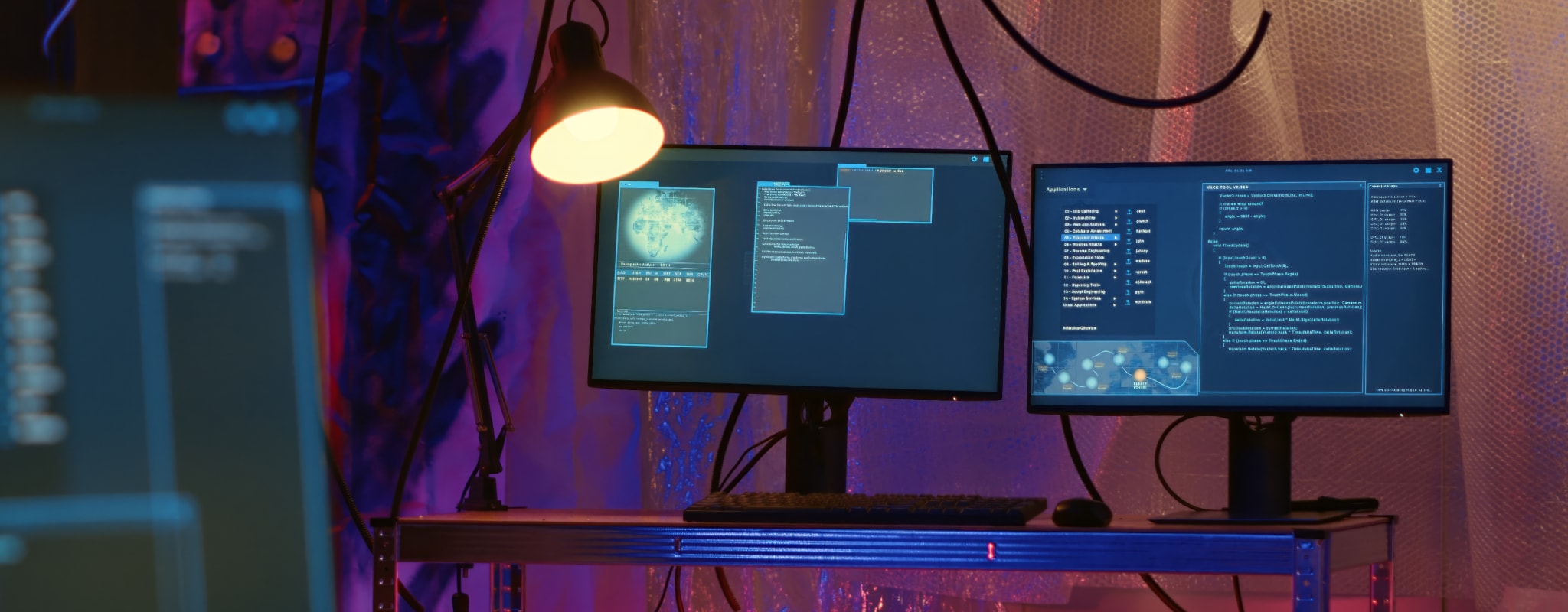The dream of creating games that captivate millions brings excitement, but it also comes with challenges. For aspiring developers and established studios alike, understanding how much time and effort go into game development can be daunting. Video games today demand seamless gameplay mechanics, stunning visuals, and immersive worlds, and rushing any part of that process often leads to missed deadlines, budget overruns, or projects stuck in development hell.
In this comprehensive overview, we’ll break down each stage of AAA game development, explore the factors that influence timelines, and compare different approaches: from high-budget blockbusters to indie titles. Whether you’re curious about the average game development time or want to know what makes titles like Grand Theft Auto V take years to complete, this guide will clarify the journey from concept to release.









